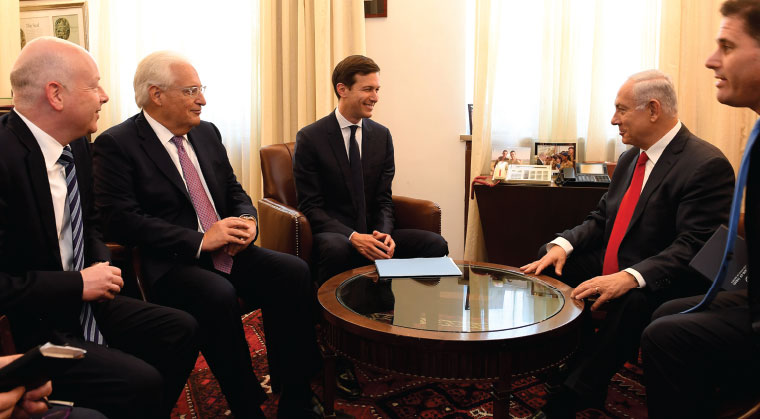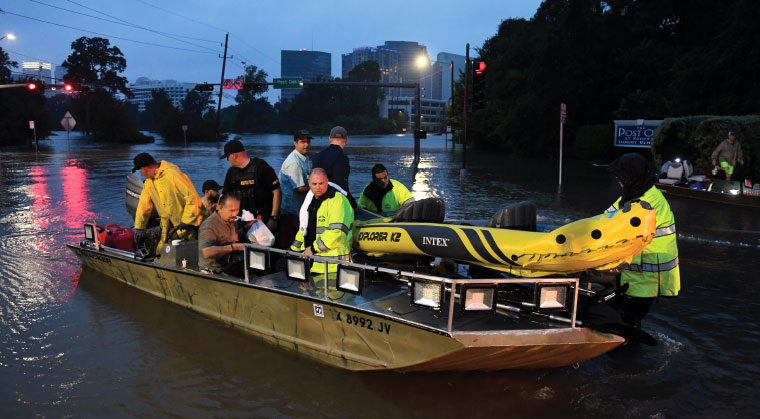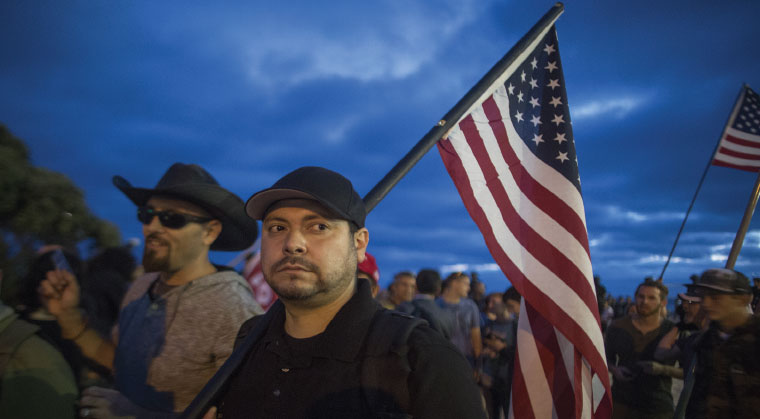Colombia No Lesson for Israel


PRAYER FOR PEACE A dove flies by the Simon Bolivar monument in Bogota. Is peace in Colombia in the air or up in the air? (Photos: AFP/Imagebank)
I
t was the late Venezuelan dictator Hugo Chavez who branded Colombia “the Israel of Latin America” after the Colombian government sent troops on a March 2008 cross-border raid into Ecuador to eliminate a band of terrorists.
Chavez’s bombast hit a bull’s-eye.
BothColombiaandIsraelhave been locked in mortal combat versus terror groups for the last 50 years. Israeli arms sales toColombiahelped provide theBogotagovernment with the military might to rout the Revolutionary Armed Forces of Colombia (known by its Spanish acronym FARC).Colombiarepaid the favor by acting as one ofIsrael’s leading — and one of its few — Latin American supporters and has been protective of its dwindling but still prosperous Jewish community of 2500.
UnlikeIsraelColombiahas now signed a peace treaty with its primary enemy inking an agreement last week inHavanawith FARC after four tumultuous years of negotiations that began inOslo. Citizens will get the chance to vote yea or nay on the deal in a referendum next month. Local pundits predict a close vote between those who believe the treaty will bring peace and stability to a nation ravaged by Marxist guerrillas and narco-terrorists and those who feel that a terrorist with a suit and tie instead of military fatigues is still a terrorist.
That’s not to say the comparisons withIsraelwill end. The ink was barely dry on the deal when whispers could be heard in the international community: wouldn’t it be nice if the Israelis and Palestinians could do the same thing? Many of those same hushed voices cooed optimistically 18 years ago when the Irish Republican Army andGreat Britainburied their hatchet.
No two conflicts are entirely alike. It’s critical to understand the differences before extrapolating from one to the other.
The Palestinians as Newt Gingrich once remarked are an invented people. Most of today’s Palestinians are descendants of Arab workers imported by theOttoman Empireto augment the workforce as Jews moved back and reestablished the yishuv in the 19th century. Their leadership today are imports from the Palestinian Liberation Organization fromTunis who have little in common with the people they purport to represent.
The FARC and its sister group the ELN were a noxious combination of militant Communists peasants students and radicals who resorted to dealing drugs murder extortion and kidnappings to foist a Castro-style revolution on the Colombian people. But they were mainly indigenous Colombian people and the main divide between them was wealth and poverty and the desire to protect land ownership versus the desire to strip the wealthy of their privilege.
During the 50-year battle besides the Israeli aidColombiareceived $10 billion inUSmilitary aid over a 16-year period. It was the Colombian citizens who paid the heavy price. Some 220000 people lost their lives and more than 10% of the population was displaced at some point during the fighting that leftColombiaa step away from failed statehood.
Colombian president Juan Manuel Santos was the defense minister when the country began its final offensive that cut the numbers of the terrorist groups by more than a half and had the rest fleeing for their lives to camps in remote jungle areas.
The question many Colombians will be asked to decide in next month’s referendum is why the government which had the terrorists pinned against the wall made a deal that allows them back through the front door heads held high.
One reason is that the terrorists made concessions.
Four years ago the talks began as FARC renounced the use of kidnappings. Last July they declared a unilateral ceasefire. The legitimacySantosgranted them was the tradeoff.
Compare that for a moment to the Israeli- Palestinian conflict. Despite the fact that Israel as the stronger party made unilateral concessions — ceding 100% of Gaza and at one point withdrawing from almost half of Judea and Samaria — Hamas is constantly threatening to kidnap Israeli soldiers and has never abided by any cease-fire it agreed to much less agreeing on a unilateral cease-fire.
And unlike the “Good Friday Agreement” when warring Catholics stopped demanding that Great Britain end its “occupation” of Northern Ireland and handed over their weapons to an international commission headed by a respected retired Canadian general neither Hamas nor the Palestinian Authority have ever agreed to come out of their tunnels with their hands up.

In 1980 FARC Militants terrorized the country and almost turned Colombia into a failed state
Hamas rockets are still at the ready and they fired one without any provocation two weeks ago that miraculously landed between two houses in Sderot causing only minor damage. And even as the “knife intifada” of 5776 has ebbed the IDF gets little rest. In 2016 it has raided and shut down 49 weapons manufacturing machines in civilian Judea andSamaria seizing hundreds of illegal firearms and arresting more than 140 weapons dealers.
The idea that any of these criminals can be rehabilitated or turn themselves in is a major stretch. The international community often talks about a “demilitarized Palestinian state” but no one ever offers a detailed plan to reach that goal.
InColombia however the government is taking risks for peace thatIsraelcould probably never afford. The deal calls for the approximately 7000 remaining rebels to gather in 23 hamlets and turn in their arms to a UN commission.
Already observers report the odd scenes of FARC guerrillas en route to these hamlets under the protective watch of the soldiers who once vigorously chased them.
Once they turn in their arms most of them will eventually go free. One of the most controversial clauses in the agreement calls for the terrorists — as well as members of the government and the regular military that broke the law — to face a special tribunal that will offer amnesty or alternate sentences to those who confess their crimes and agree to work to make restitution.
Critics of the deal say this is tantamount to giving a free pass to hardened criminals who have committed crimes against humanity with the naïve expectation that they will turn legit. FARC has laid down its arms but hasn’t changed its mindset. They lodged at five-star hotels inHavanaduring one stretch of the peace talks while riding around town in rowdy fashion on Harley-Davidson motorcycles.
Once “rehabilitated” the FARC rebels will take part inColombia’s 2018 elections as a formal political party. To facilitate the transition from terrorists to politicians they will receive five seats in both the Senate and the House guaranteed through 2026.
Colombian Jews interviewed on background for this article said they were concerned that the FARC will try to push the government toward a more pro-Palestinian stance and that FARC members who are both leftist and anti-Semitic will try to foist onerous new taxes on a country whose government has become relatively tolerant and pro-business.
Much remains to be seen but forIsrael’s purposes when the diplomats start whispering in their ears the government’s best tack would be first to congratulate its Colombian friends on a hard-won agreement. And then to reject any efforts by the international community to teachIsraela lesson it knows only too well how to interpret itself.
Oops! We could not locate your form.







